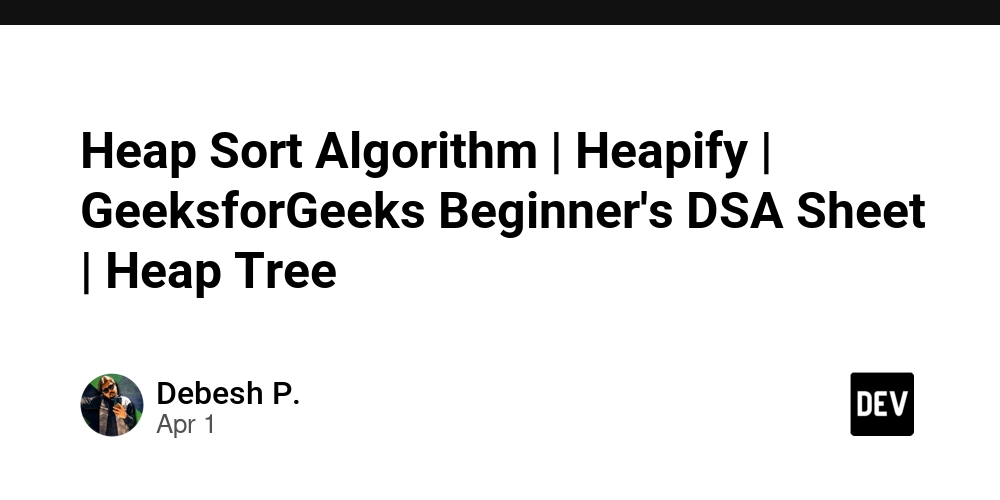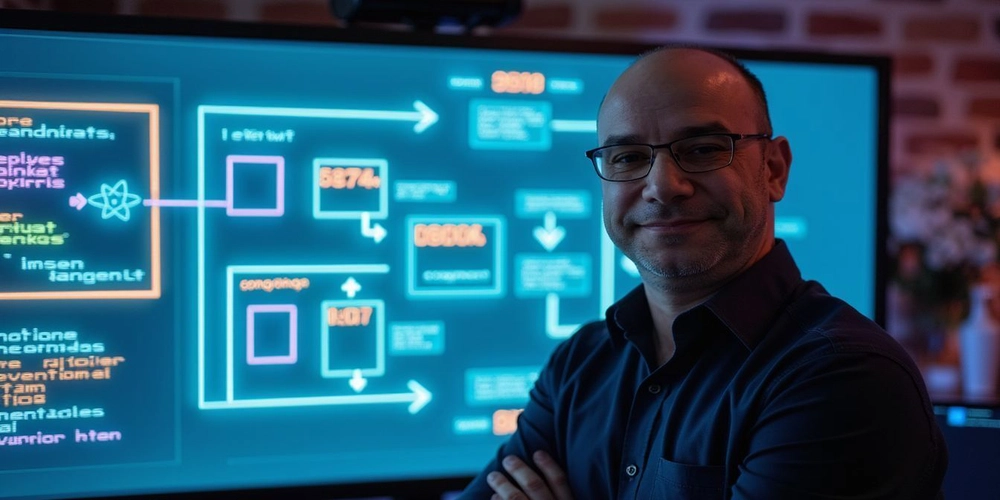The Rising Tide of Tokenized Assets: Transforming Marketplaces for the Digital Age
Abstract This post explores the revolutionary landscape of tokenized assets and the emerging digital marketplaces that are transforming traditional investment avenues. We delve into the background of tokenization, discuss core features such as fractional ownership, enhanced liquidity, and immutable transparency, and review various marketplaces—from real estate to art—that have begun to embrace this technology. We also cover the challenges of regulatory compliance and cybersecurity, and forecast future trends including interoperability, institutional adoption, and integration with traditional finance. In addition, we include technical tables, bullet lists for key advantages, and a selection of authoritative hyperlinks and useful insights from dev.to posts to support our analysis. Introduction Tokenized assets are rapidly reshaping the financial world. With the increasing adoption of blockchain technology, physical and digital assets now have the potential to be divided into smaller, tradable tokens. This not only increases liquidity and lowers investment barriers but also revolutionizes established marketplaces. For anyone interested in new frontiers of finance, tokenized assets offer a unique gateway to fractional ownership, enhanced transparency, and faster settlements via decentralized ledgers and smart contracts. In this post, we provide an in-depth look at tokenized asset marketplaces and the transformative trend they represent in the digital age. Background and Context Tokenization is the process of converting tangible or intangible assets into digital tokens that live on a blockchain. Unlike traditional asset securitization, tokenization leverages blockchain’s decentralized nature and immutability, making transactions transparent and accessible to a global pool of investors. Historically, industries such as real estate and art have been plagued by issues of high entry fees and illiquidity. However, the advent of tokenized assets is rapidly changing that narrative. For example, a million-dollar property can now be broken down into millions of tokens, each representing a slice of ownership. This approach is democratizing access to investment opportunities, enabling individuals to participate in markets that were once exclusively available to institutional investors. Blockchain technology underpins these innovations, ensuring that every transaction is recorded immutably via its distributed ledger. With the integration of platforms like RealT and SolidBlock, real estate investments are becoming not only more accessible but also more transparent. Similarly, art marketplaces like Maecenas and Masterworks are enabling fractional ownership of expensive art pieces. Core Concepts and Features Tokenized asset marketplaces incorporate several features that set them apart from traditional investment environments. The following table contrasts key tokenization benefits with conventional asset trading: Feature Tokenized Asset Marketplaces Traditional Marketplaces Fractional Ownership Assets can be divided into tokens, allowing small-scale investments. Often require large sums, limiting access to wealthy investors. Enhanced Liquidity Easier and more frequent trading through blockchain-enabled platforms. Illiquid assets may require lengthy transaction times. Transparency Immutable blockchain records provide complete transparency and traceability. Reliant on intermediaries, increasing risk of opaqueness. Cost Reduction Fewer intermediaries lead to lower transaction fees and quicker settlements. Higher fees and delays due to multiple intermediaries. Security Sophisticated cryptographic techniques secure assets and transactions. Vulnerabilities exist in centralized systems. Key Technical Concepts Blockchain: A decentralized ledger technology that guarantees the security and traceability of transactions. Learn more about its inner workings on What is Blockchain. Smart Contracts: Self-executing contracts with the terms of the agreement directly written into code. These contracts are critical in automating processes within tokenized marketplaces. More details can be found here. Fractional Ownership: This model allows investors to purchase a fraction of an asset, thus reducing the financial barrier to entry while increasing overall market liquidity. Bullet List of Advantages Enhanced Liquidity: Makes it possible to trade traditionally illiquid assets quickly and efficiently. Access to Global Markets: Anyone with an internet connection can invest in assets that were previously inaccessible. Reduced Transaction Costs: Fewer intermediaries mean lower fees and faster settlement times. Immutable Security: Transactions are recorded permanently on a blockchain, reducing fraud risk. Transparency: Every step in the transfer process is visible to all market participants. Applications and Use Cases Tokenized asset marketp
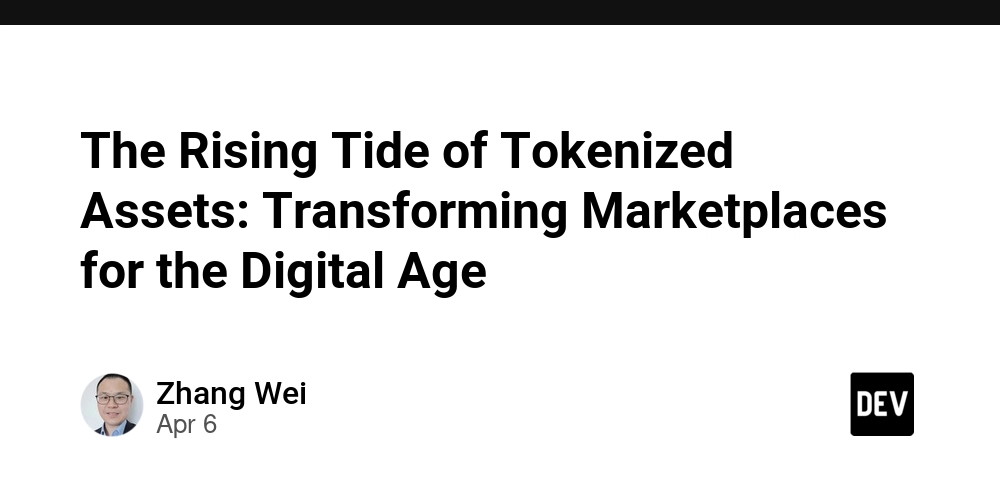
Abstract
This post explores the revolutionary landscape of tokenized assets and the emerging digital marketplaces that are transforming traditional investment avenues. We delve into the background of tokenization, discuss core features such as fractional ownership, enhanced liquidity, and immutable transparency, and review various marketplaces—from real estate to art—that have begun to embrace this technology. We also cover the challenges of regulatory compliance and cybersecurity, and forecast future trends including interoperability, institutional adoption, and integration with traditional finance. In addition, we include technical tables, bullet lists for key advantages, and a selection of authoritative hyperlinks and useful insights from dev.to posts to support our analysis.
Introduction
Tokenized assets are rapidly reshaping the financial world. With the increasing adoption of blockchain technology, physical and digital assets now have the potential to be divided into smaller, tradable tokens. This not only increases liquidity and lowers investment barriers but also revolutionizes established marketplaces. For anyone interested in new frontiers of finance, tokenized assets offer a unique gateway to fractional ownership, enhanced transparency, and faster settlements via decentralized ledgers and smart contracts. In this post, we provide an in-depth look at tokenized asset marketplaces and the transformative trend they represent in the digital age.
Background and Context
Tokenization is the process of converting tangible or intangible assets into digital tokens that live on a blockchain. Unlike traditional asset securitization, tokenization leverages blockchain’s decentralized nature and immutability, making transactions transparent and accessible to a global pool of investors.
Historically, industries such as real estate and art have been plagued by issues of high entry fees and illiquidity. However, the advent of tokenized assets is rapidly changing that narrative. For example, a million-dollar property can now be broken down into millions of tokens, each representing a slice of ownership. This approach is democratizing access to investment opportunities, enabling individuals to participate in markets that were once exclusively available to institutional investors.
Blockchain technology underpins these innovations, ensuring that every transaction is recorded immutably via its distributed ledger. With the integration of platforms like RealT and SolidBlock, real estate investments are becoming not only more accessible but also more transparent. Similarly, art marketplaces like Maecenas and Masterworks are enabling fractional ownership of expensive art pieces.
Core Concepts and Features
Tokenized asset marketplaces incorporate several features that set them apart from traditional investment environments. The following table contrasts key tokenization benefits with conventional asset trading:
| Feature | Tokenized Asset Marketplaces | Traditional Marketplaces |
|---|---|---|
| Fractional Ownership | Assets can be divided into tokens, allowing small-scale investments. | Often require large sums, limiting access to wealthy investors. |
| Enhanced Liquidity | Easier and more frequent trading through blockchain-enabled platforms. | Illiquid assets may require lengthy transaction times. |
| Transparency | Immutable blockchain records provide complete transparency and traceability. | Reliant on intermediaries, increasing risk of opaqueness. |
| Cost Reduction | Fewer intermediaries lead to lower transaction fees and quicker settlements. | Higher fees and delays due to multiple intermediaries. |
| Security | Sophisticated cryptographic techniques secure assets and transactions. | Vulnerabilities exist in centralized systems. |
Key Technical Concepts
- Blockchain: A decentralized ledger technology that guarantees the security and traceability of transactions. Learn more about its inner workings on What is Blockchain.
- Smart Contracts: Self-executing contracts with the terms of the agreement directly written into code. These contracts are critical in automating processes within tokenized marketplaces. More details can be found here.
- Fractional Ownership: This model allows investors to purchase a fraction of an asset, thus reducing the financial barrier to entry while increasing overall market liquidity.
Bullet List of Advantages
- Enhanced Liquidity: Makes it possible to trade traditionally illiquid assets quickly and efficiently.
- Access to Global Markets: Anyone with an internet connection can invest in assets that were previously inaccessible.
- Reduced Transaction Costs: Fewer intermediaries mean lower fees and faster settlement times.
- Immutable Security: Transactions are recorded permanently on a blockchain, reducing fraud risk.
- Transparency: Every step in the transfer process is visible to all market participants.
Applications and Use Cases
Tokenized asset marketplaces can be applied in numerous sectors. Below are some practical use cases:
Real Estate
Through platforms like RealT and SolidBlock, investors can now buy and sell tokens representing fractions of properties. These platforms demonstrate several benefits:
- Fractional Ownership: Allows investment in high-value properties without a significant capital outlay.
- Automated Legal Contracts: Smart contracts automate the transfer of ownership, ensuring all legal provisions are met seamlessly.
- Global Accessibility: Investors from around the world can participate in real estate investments, diversifying their portfolios effortlessly.
Art and Collectibles
Art has always been a high-value asset with many challenges regarding authenticity and liquidity. Tokenization has paved the way for platforms like Maecenas and Masterworks, which enable:
- Fractional Investments in Art: Multiple investors can own a part of a high-value artistic work.
- Enhanced Provenance Tracking: Blockchain provides an immutable record of art ownership and history.
- Increased Market Efficiency: Art trading becomes faster and more secure, reducing fraud.
Commodities and Resources
Digital tokens can represent commodities such as gold, silver, or even carbon credits. These tokenized commodities bring:
- Simplified Trading Processes: The tokenization eliminates bureaucratic slowdowns.
- Increased Transparency: Tokenized commodities can be traced back to their physical reserves via blockchain.
- Global Market Access: Investors can trade these tokens on a global digital marketplace, bypassing geographical restrictions.
Challenges and Limitations
Despite its promising potential, tokenized asset marketplaces face significant challenges that must be addressed before widespread adoption is achieved:
Regulatory Environment
- Inconsistency Across Jurisdictions: Different regions have varying regulatory frameworks that complicate cross-border transactions.
- Compliance Burdens: Marketplaces must negotiate a complex web of international regulations, which could slow down innovation.
- Trust and Standardization: A universal regulatory standard is still in development, hindering investor confidence.
Security Risks
- Cyber Threats: While blockchain is secure by design, vulnerabilities in smart contracts or platform interfaces can be exploited by cybercriminals.
- Data Privacy: Protecting investor data from breaches remains a critical issue.
- Technical Complexity: Users must have a foundational understanding of blockchain technology to avoid security pitfalls, which necessitates ongoing investor education.
Valuation and Market Volatility
- Price Determination: Unlike standardized stocks, assets like art or real estate require complex valuation models that account for both digital and physical factors.
- Price Volatility: As tokenized assets often interact with cryptocurrencies, fluctuations in digital currency markets can impact asset stability.
- Liquidity Concerns in Niche Markets: Even with fractional ownership, certain asset classes might still encounter periods of low liquidity.
Investor Education
- Complexity: Proceeding with investments in tokenized assets demands familiarity with blockchain concepts, digital wallets, and smart contracts.
- Misunderstanding Risks: Investors may undervalue security or regulatory risks if not adequately informed.
- Limited Access to Expert Opinion: A growing body of educational resources is needed to support informed investment decisions.
Future Outlook and Innovations
The potential of tokenized asset marketplaces is vast, and forthcoming developments are likely to accelerate growth and adoption:
Integration with Traditional Finance
- Hybrid Models: By blending traditional financial institutions with blockchain platforms, we may witness the emergence of hybrid models that capture the best of both worlds.
- Institutional Adoption: Financial giants are beginning to explore integration, which could lead to wider market acceptance and increased stability.
- Ecosystem Convergence: Systems like traditional stock exchanges and digital asset platforms could integrate to enable smoother transactions.
Interoperability and Standardization
- Seamless Cross-Chain Transactions: Future innovations will focus on the interoperability of different blockchain networks, allowing assets to be easily transferred across platforms.
- Global Regulatory Standards: Developing common protocols and standards will further validate tokenized asset marketplaces.
- Protocol Innovation: New protocols will enable more efficient asset transfers, ensuring faster execution and reduced costs.
Expansion into New Asset Classes
- Debt and Insurance: Tokenization may soon extend to other areas such as bonds, insurance products, and even revenue streams from intellectual property.
- Human Capital: Emerging concepts are exploring ways to tokenize human capital and labor, unlocking novel investment opportunities.
- New Digital Economies: The explosion of NFTs and decentralized finance (DeFi) is likely to create entirely new asset classes that will be integrated within traditional evaluations.
Increased Institutional Investment
- Market Stability: With more institutional funds entering tokenized asset marketplaces, the overall market becomes less volatile.
- Risk Mitigation: Institutional investors bring risk management skills that could stabilize the market during turbulent times.
- Long-Term Growth: Institutional backing will support long-term projects and further spur innovation within the blockchain ecosystem.
Insights from Industry Experts
For further insight into how these trends are unfolding, check out this dev.to article on Arbitrum and data availability and another insightful piece on regulatory challenges in decentralized finance. These discussions provide context for the rapid evolution we see in tokenized asset marketplaces.
Summary
Tokenized asset marketplaces represent a major shift in the financial landscape. By leveraging blockchain technology, these platforms offer a secure, transparent, and efficient method of trading diverse asset classes including real estate, art, and commodities. Despite challenges such as regulatory uncertainty, security risks, and investor education, tokenization promises to democratize investment access and increase market liquidity.
Key takeaways from our discussion include:
- Fractional Ownership and Liquidity: Tokenization breaks down high-cost assets into accessible tokens, allowing fractional ownership and increased liquidity.
- Enhanced Transparency: Immutable blockchain records and automated smart contracts ensure transaction security and trust.
- Broadened Market Opportunities: By enabling global participation, traditional assets become accessible to a larger pool of investors.
- Challenges and Innovations: While regulatory and technical challenges remain, future integrations with traditional finance, standardization of protocols, and institutional involvement will help stabilize and mature these markets.
Looking forward, as technology and regulatory frameworks evolve hand in hand, tokenized asset marketplaces are likely to become more robust. Their integration with conventional financial systems and expansion into new asset classes will not only broaden investment opportunities but also create a more interconnected digital financial ecosystem.
Concluding Thoughts
The rising tide of tokenized assets is not merely a technological novelty—it is a transformative trend reshaping how we view ownership and investment in the digital age. In this environment, collaboration between innovators, regulators, and investors is key. As more industries embrace blockchain, the economic landscape will continue to evolve toward greater transparency, efficiency, and access.
For a detailed account of these paradigms, you can refer back to the original article: The Rising Tide of Tokenized Assets: Transforming Marketplaces for the Digital Age.
Whether you are a seasoned investor, a technology enthusiast, or someone interested in the future of decentralized finance, the impact of tokenized asset marketplaces is undeniable. Their promise of lower costs, improved security, and broader access strongly indicates that the digital age is well underway, and the future of investment is here to stay.
Embrace the future of finance by staying informed and adaptable as blockchain technology continues to reshape the global market landscape.
Happy investing and innovating!



































































![Apple Considers Delaying Smart Home Hub Until 2026 [Gurman]](https://www.iclarified.com/images/news/96946/96946/96946-640.jpg)
![Tariffs Threaten Apple's $999 iPhone Price Point in the U.S. [Gurman]](https://www.iclarified.com/images/news/96943/96943/96943-640.jpg)
![iPhone 17 Pro Won't Feature Two-Toned Back [Gurman]](https://www.iclarified.com/images/news/96944/96944/96944-640.jpg)

































































































.webp?#)

 (1).webp?#)



_Christophe_Coat_Alamy.jpg?#)










































































![[The AI Show Episode 142]: ChatGPT’s New Image Generator, Studio Ghibli Craze and Backlash, Gemini 2.5, OpenAI Academy, 4o Updates, Vibe Marketing & xAI Acquires X](https://www.marketingaiinstitute.com/hubfs/ep%20142%20cover.png)

























































































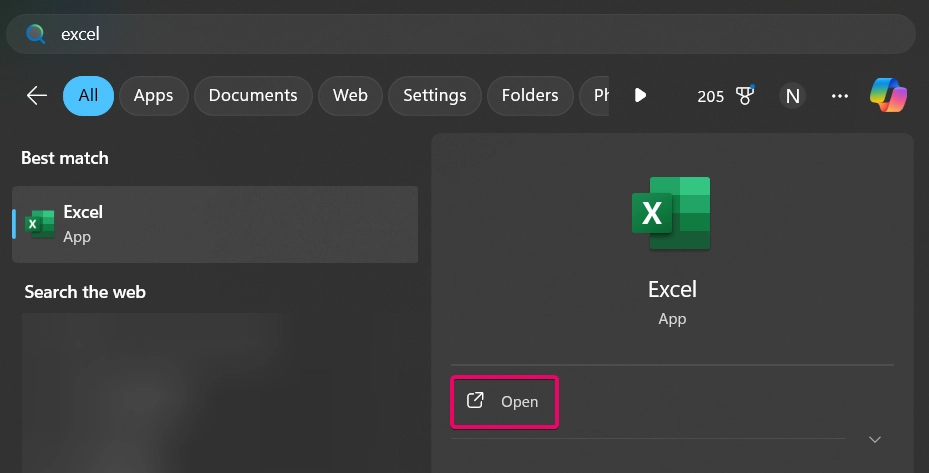
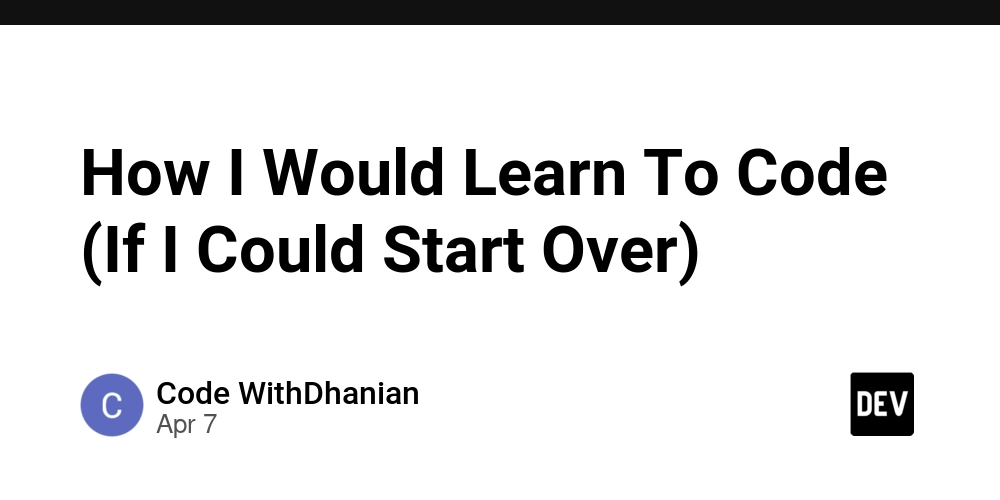







































![From drop-out to software architect with Jason Lengstorf [Podcast #167]](https://cdn.hashnode.com/res/hashnode/image/upload/v1743796461357/f3d19cd7-e6f5-4d7c-8bfc-eb974bc8da68.png?#)



![[DEALS] The Premium Learn to Code Certification Bundle (97% off) & Other Deals Up To 98% Off – Offers End Soon!](https://www.javacodegeeks.com/wp-content/uploads/2012/12/jcg-logo.jpg)



































.png?#)

















































